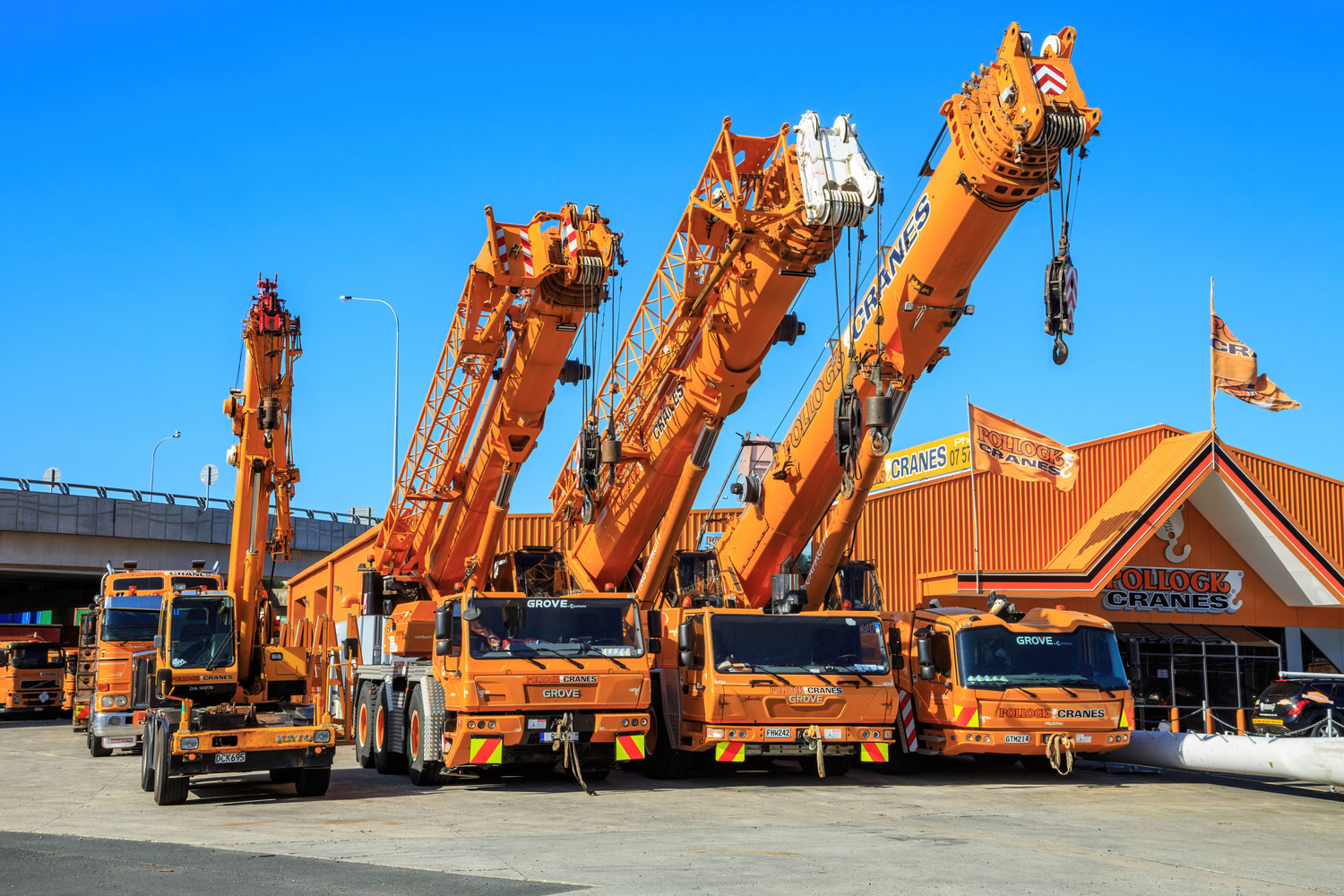
Cranes come in lots of configurations. Mobile cranes are cranes that can travel to a workplace or a construction site to undertake work that is either impossible using other means or would take too long.
Mobile cranes by definition are cranes that:
STGO defines a mobile crane as:
A mobile crane, which does not meet all these criteria, may be defined as engineering plant.
Categories
Category A:
Category B:
Category C:
Notification
Mobile cranes with a gross weight of more than 80,000 kgs – but not exceeding 150,000 kgs – must give:
Vehicles weighing under 80 tonnes must give 2 days’ notification to the roads and bridges authorities.
Those between 80 and 150 tonnes must give:
Vehicles over 150 tonnes need to give special notification, which means:
If the STGO vehicle is over 3.05 metres, you need to tell the Police regardless of the weight of the vehicle.
Vehicle Excise Duty
A mobile crane is taxable in the ‘special vehicle’ class (sub-category mobile crane) at the same rate as the basic goods vehicle.
Plating and testing
Since May 2018, mobile cranes are no longer exempt from the plating and testing regulations.
Drivers’ hours and tachograph regulations
Drivers of mobile cranes do not have to follow EU drivers’ hours and tachograph regulations or GB domestic drivers’ hour’s rules. This is because they are not carrying goods or passengers by road. If goods were carried then the normal rules would apply. You can find out more in the guide to Drivers’ hours and tachographs rules: goods vehicles (GV262).
Driving licence
Drivers of mobile cranes must have a category C vocational licence qualification.
Other conditions
Mobile cranes must be fitted with an amber illuminating beacon, cannot draw a trailer, and must not carry any goods or burden (except if used for or to help lifting).
Mobile Cranes Notification
The notification requirements for mobile cranes can be found in the Road Vehicles (Authorisation of Special Types) (General) Order 2003, Statutory Instrument 1998 – Part 2 (Articles 10 to 18).
Source – DVSA